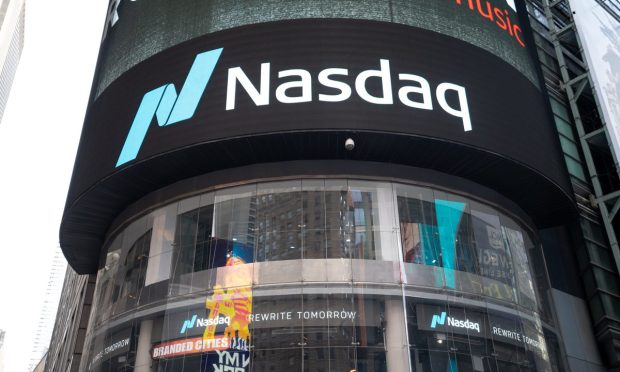FinTech Dave Inc Announces Nasdaq Debut Following SPAC Merger

FinTech Dave Inc. merged with the publicly traded special purpose acquisition company (SPAC) VPC Impact Acquisition Holdings III Inc. and will go public on Nasdaq on or about on Thursday (Jan. 6).
The banking app startup launched in 2017 in Los Angeles. Backed by Mark Cuban and Capital One, the company will go public on Nasdaq under the tickers DAVE and DAVEW at an estimated valuation of $4 billion. The app is aimed at helping people sidestep overdraft and other fees that often come with legacy bank accounts.
The SPAC merger will go for an official vote before stockholders at a special meeting on Tuesday (Jan. 4), according to LA Business Journal.
See also: Neobank Dave Inc. Targets Acquisitions, Crypto With SPAC Windfall
Dave has a user base topping 10 million customers and offers banking, financial insights, overdraft protection, building credit and finding side gigs. The startup aims to help its members improve their financial health and has assisted them in avoiding some $1 billion in overdraft fees with its ExtraCash benefit. Dave’s gig economy job board, Side Hustle, has helped its customers earn more than $200 million.
Third-quarter revenue for the company was up 30% in 2021 year-over-year, from $120 million to roughly $158 million, according to the prospectus. Transaction revenue grew 956% year-over-year, while service revenue increased 22%.
Read more: FinTech Dave Going Public Via SPAC At $4 Billion Equity Value
Dave CEO Jason Wilk told the news outlet that it was the first company to offer free overdraft and “this recognition in the public markets is testament to our mission to help everyday Americans, especially those living paycheck to paycheck, achieve financial independence with our suite of breakthrough financial products,” said Wilk.
“With the backing of trusted investors and now the public, we look forward to building products that level the financial playing field,” Wilk added.
You may also enjoy: Banks Compete To Meet Rising Demands Of Younger Consumers
